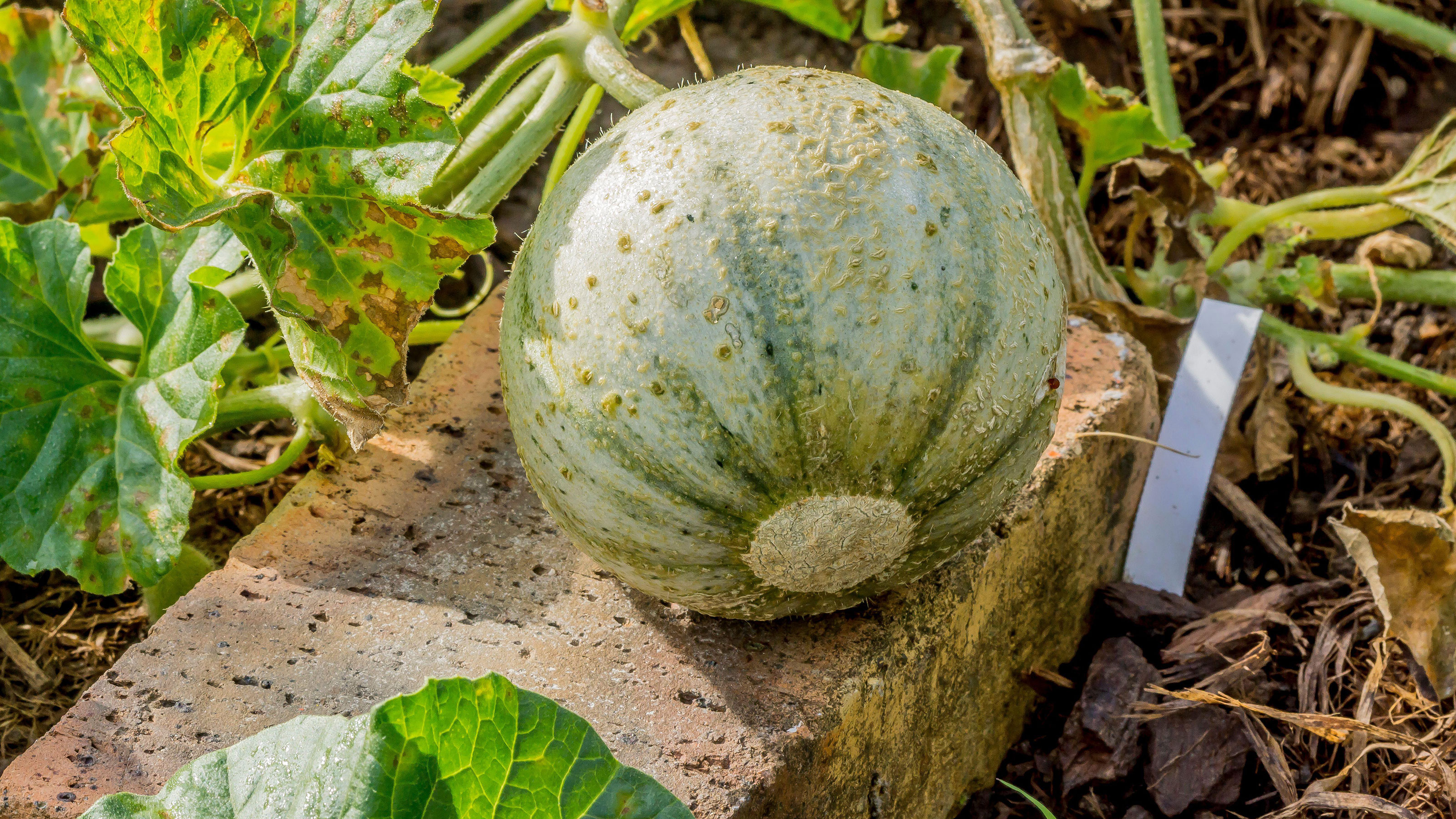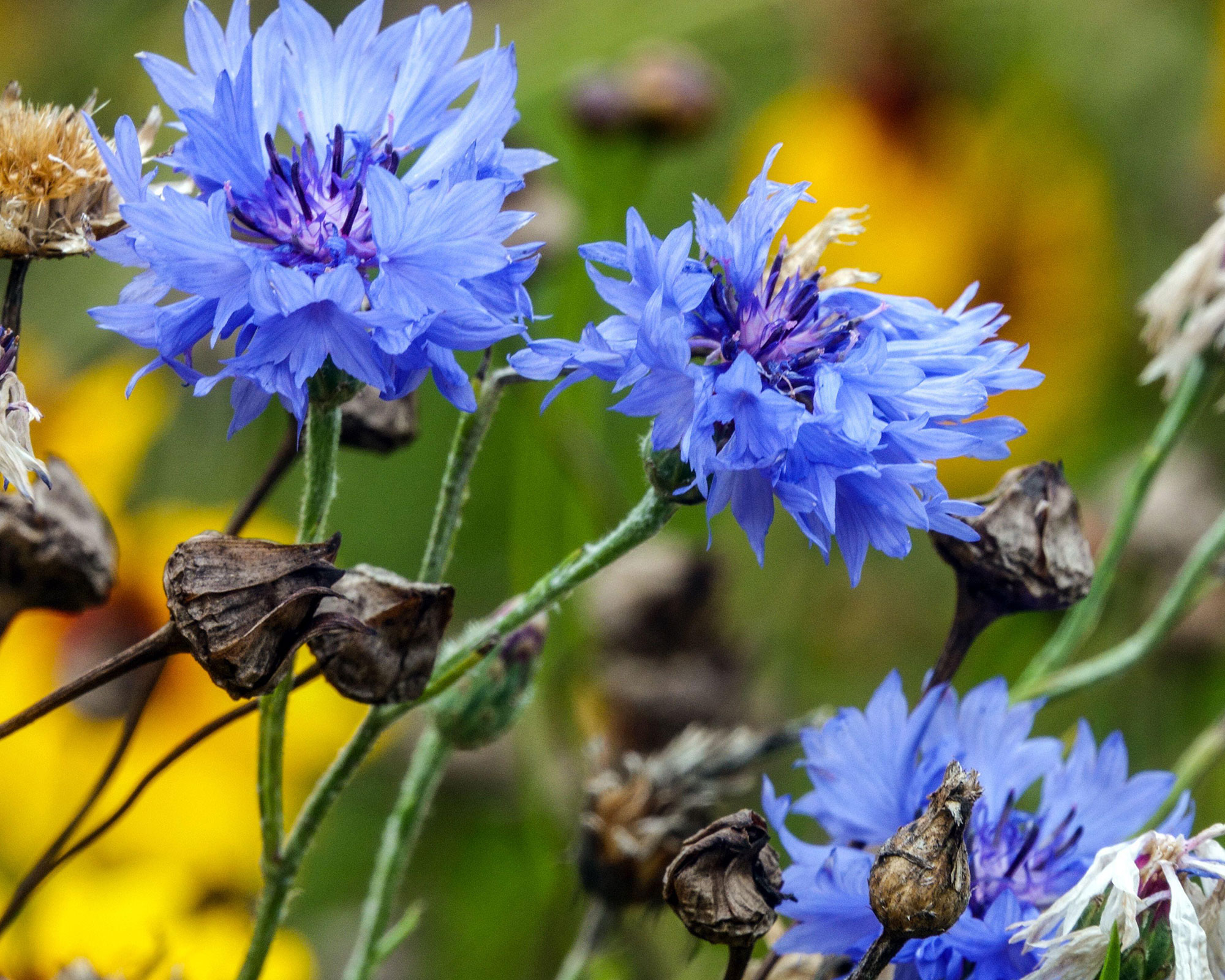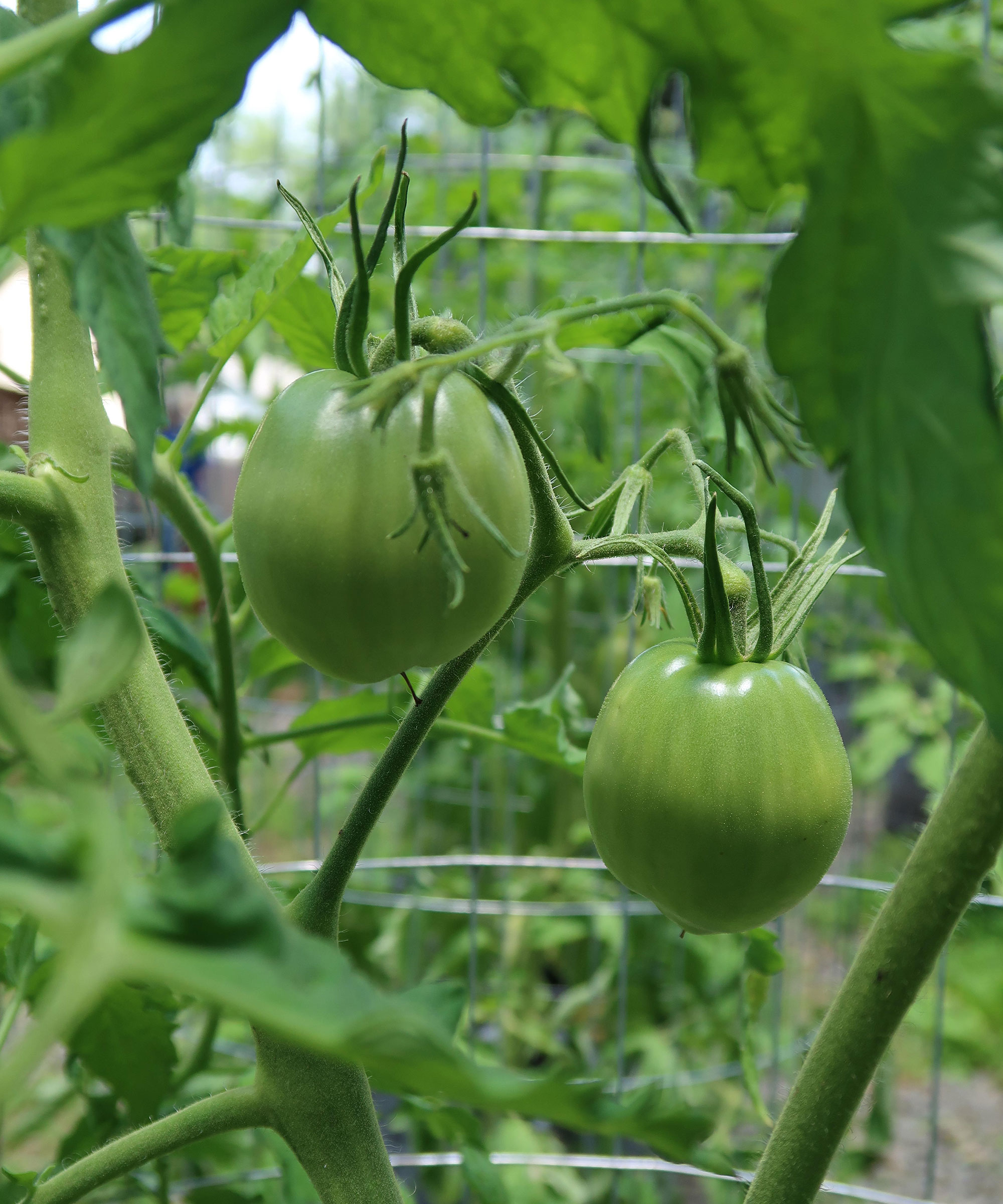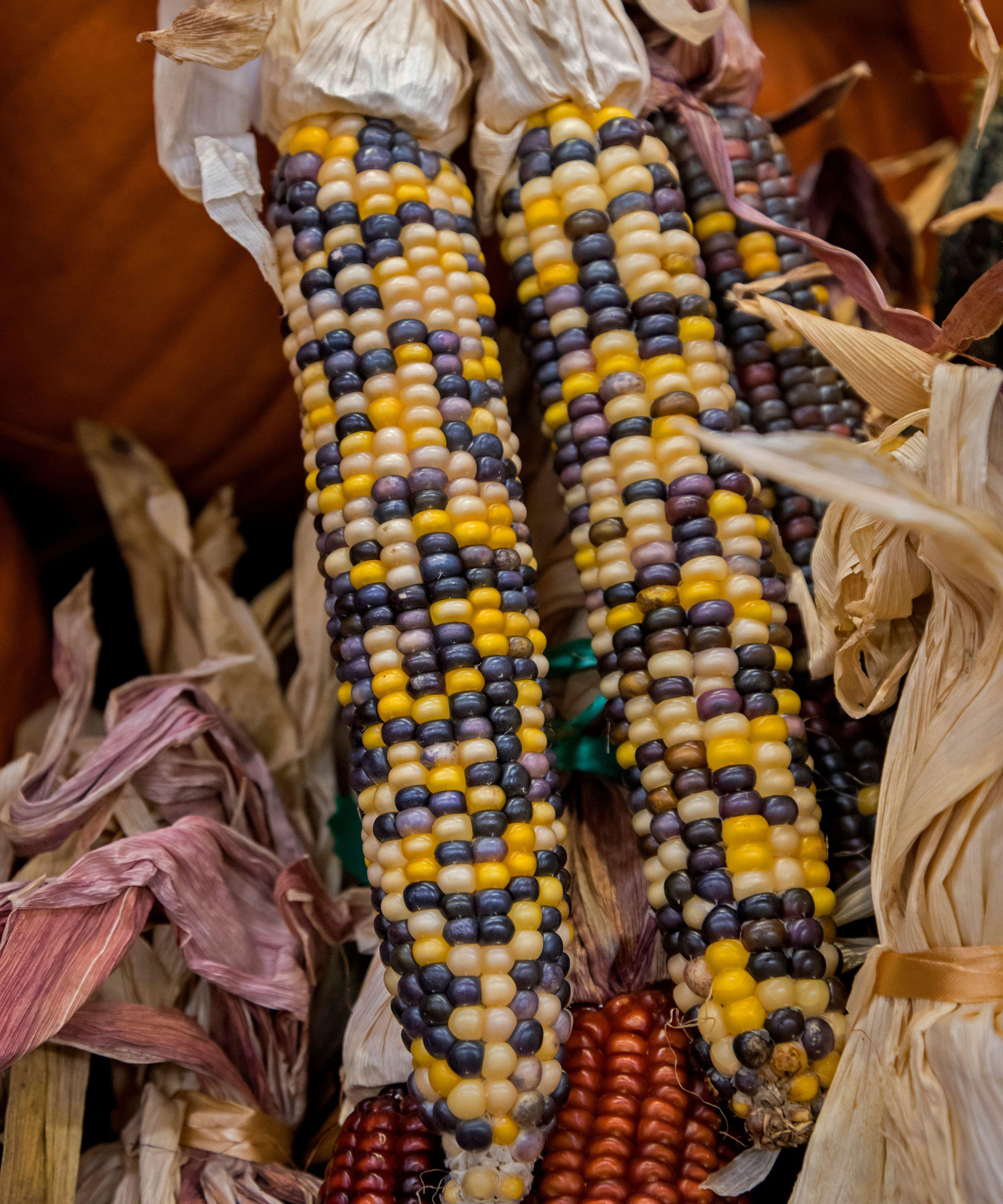Why the role of seed savers is vital to keep heirloom seeds alive in the US
From Italian tomatoes to Amish melons, the heirloom seeds movement is helping US gardeners grow their own


Saving seeds helps preserve native species, saves gardeners money and could now help save the planet too.
In the US, Seed Savers Exchange (SSE) has been on a mission to protect the diversity of America’s endangered garden and food crop seeds since 1975.
With collecting seeds from flowers and crops growing in popularity, it allows members to share and swap open-pollinated seeds – so no F1 hybrids, genetically-engineered or poisonous plants – for free, just charging for shipping.
And now, as fears over climate change and food security grow, SSE’s job has become more important than ever.

Centaurea cyanus
Why saving heirloom seeds matters
This non-governmental organization, the largest global network of gardeners of its kind, is currently preserving, distributing and sharing more than 20,000 varieties of open-pollinated heirloom vegetable, herb and flower seeds – plus 1,500 varieties of apples and 290 garlic varieties – across the country.
'Gardening with and saving seeds from open-pollinated varieties not only increases agricultural biodiversity but also helps varieties change and adapt to particular climate and soil conditions, thus ensuring a more stable food supply today and in the future,' says Sara Straate, seed historian at Seed Savers Exchange.
According to the United Nations Food and Agriculture Organization, the world lost a staggering 75 per cent of crop diversity between 1900 and 2000. Sara adds that this is one of the reasons why the global food system is at such high risk.

Amish Paste heirloom tomato
Sowing seeds of success
Planting indigenous US seeds helps the home gardener celebrate their own heritage by planting traditional varieties of American favorites such as corn and tomatoes. And this feel-good factor is helping to contribute to food security.
'There are some garden crops, like cauliflower, in which we have seen a decline, but there have also been a huge increase in the number of varieties available in bean, garlic, eggplant, pepper, and tomatoes between the 1985 and 2015 Seed Trade Census,' says Sara.
'This success can be attributed to the heirloom seed movement, the mission work of Seed Savers Exchange, collaborations like the Heirloom Collards Project, and the growth of small- to mid-sized open-pollinated heirloom seed companies.'

Glass Gem heirloom corn variety
Save your own seeds
There are many ways you can your own seeds and help save indigenous US species and money too. Some seeds, such as melon and pumpkin, are extremely easy to harvest, as our guide on how to save pumpkin seeds explains.
As well as joining the SSE, look out for local seed-sharing groups in your neighborhood – they’re often advertised on social media and are the easiest way to get free seeds.
Which seeds will you be saving this fall?

Jayne Dowle is an award-winning gardening, homes and property writer who writes for publications including Sunday Times Home, Times Bricks & Mortar, Grand Designs, House Beautiful and The Spectator. She was awarded the Garden Journalist of the Year accolade at the Property Press Awards in 2021.
